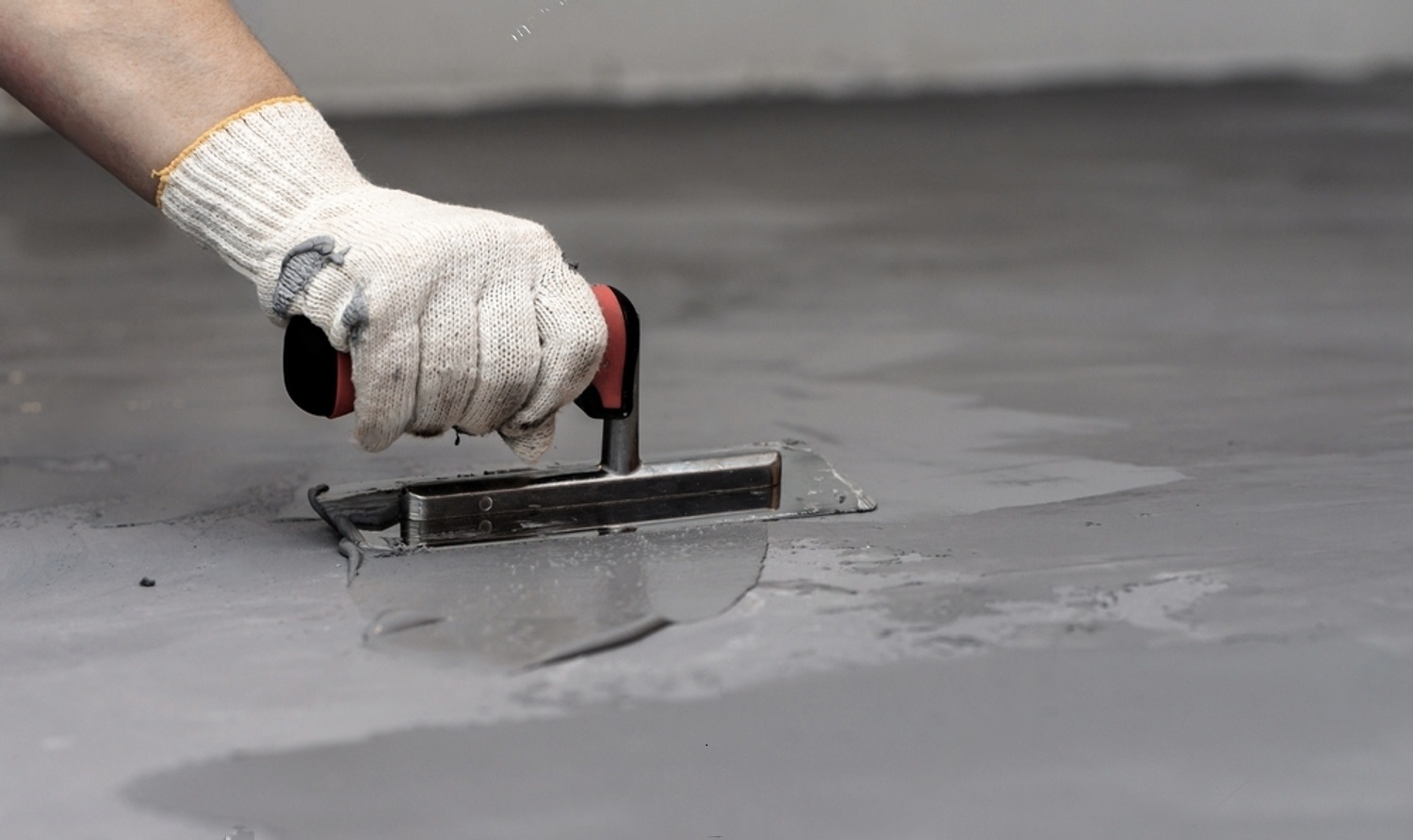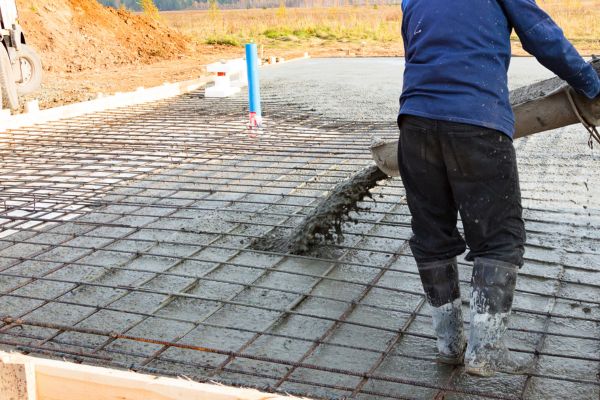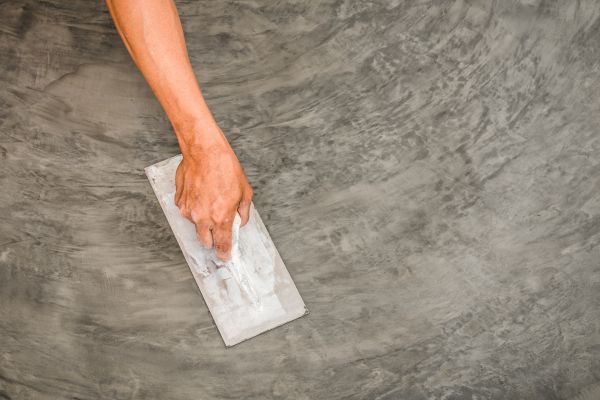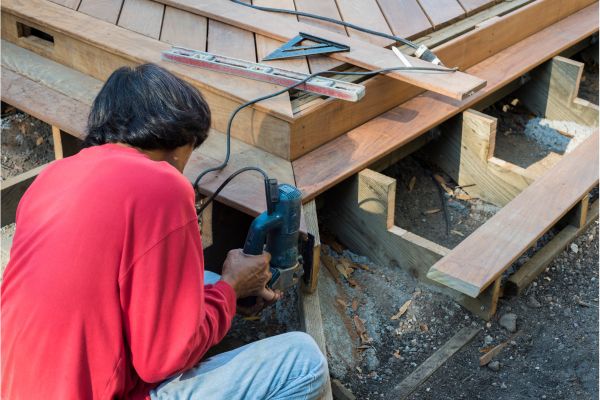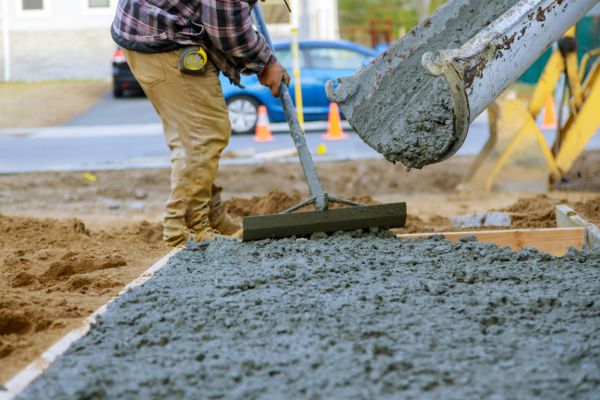In the realm of construction and infrastructure development, concrete stands as the cornerstone material that provides the very foundation for our modern world. From towering skyscrapers to intricate road systems, the durability and strength of concrete are paramount for ensuring the longevity and resilience of our built environment. In this article, we delve into the core strategies that underpin the creation of concrete with unmatched durability and strength, shedding light on the intricate processes that bring this remarkable material to life.
The Science of Durability
At the heart of durable concrete lies an understanding of the science that governs its composition. The key to creating concrete that can withstand the test of time is an optimal blend of various materials. Cement, water, aggregates, and additives come together in a precise dance to create a matrix that resists deterioration caused by external factors like moisture, chemicals, and temperature changes.
Optimized Proportions
One of the fundamental strategies for ensuring concrete’s durability is the meticulous control of the proportions of its components. Engineers and builders carefully determine the right ratio of cement, water, sand, and gravel to strike a balance between workability and strength. A mix that’s too watery may result in weakened concrete, while one that’s too dry can lead to poor bonding. Achieving the Goldilocks zone of consistency is essential for producing concrete that not only holds its shape during pouring but also develops formidable strength over time.
Admixtures: Enhancing Performance
In the quest for optimizing concrete properties, the use of admixtures has proven to be a game-changer. These are specially formulated additives that are introduced to the concrete mix to achieve desired outcomes. Whether it’s improving workability, accelerating or retarding setting time, enhancing durability, or reducing water demand, admixtures provide an extra layer of control that allows engineers to fine-tune the concrete’s characteristics. Incorporating admixtures can significantly impact the concrete’s resistance to freeze-thaw cycles, chemical attacks, and even its overall sustainability.
Curing: The Art of Strengthening
Beyond the initial mixing, the curing process plays an equally vital role in determining the strength and durability of concrete. Curing involves maintaining the right moisture and temperature conditions to facilitate proper hydration of the cement particles. This hydration process results in the formation of calcium silicate hydrates, which contribute to the concrete’s overall strength. Neglecting proper curing can lead to internal cracks, reduced strength, and increased vulnerability to external forces.
The Water Factor
Water, often associated with the mixing phase, continues to influence concrete’s properties during curing. Ensuring a consistent moisture level is crucial to preventing premature drying, which can result in surface cracking and reduced strength. Strategies like wet curing, using curing compounds, or even covering the concrete with damp materials all contribute to maintaining the necessary moisture levels. This not only enhances the strength of the concrete but also its resistance to factors like abrasion and chemical attacks.
Reinforcement: Adding Structural Integrity
For projects demanding exceptional strength and resilience, the incorporation of reinforcement techniques becomes imperative. Reinforced concrete combines the compressive strength of concrete with the tensile strength of steel, creating a synergy that results in structures capable of withstanding immense forces.
Steel Reinforcement
Steel rebars or mesh are strategically placed within the concrete forms before pouring. These reinforcements provide the necessary tensile strength to counteract the inherent weakness of concrete in tension. The combination of concrete’s compressive strength and steel’s tensile strength creates a material that can handle both the weight-bearing requirements and the potential for movement and expansion in various structures.
Quality Control: Ensuring Excellence
No matter how advanced the strategies and techniques, their effectiveness hinges on rigorous quality control measures. Monitoring the raw materials, the mixing process, and the curing conditions is essential for producing concrete that lives up to its potential.
Testing and Inspection
Various tests, such as slump tests to measure workability, compressive strength tests, and durability assessments, are conducted on both fresh and hardened concrete. These tests allow engineers to identify any deviations from desired properties and make necessary adjustments. Regular inspection during the construction phase ensures that the concrete is being handled and placed correctly, further enhancing the likelihood of a successful end result.
Takeaway
Concrete services are not merely about pouring and shaping a mixture; they encompass a world of meticulous strategies that contribute to the creation of structures with unmatched durability and strength. From the science of material composition to the art of curing and the integration of reinforcement techniques, every step in the process plays a pivotal role in the final outcome. Understanding and implementing these strategies is not only a testament to engineering prowess but also a commitment to shaping a sustainable and enduring built environment for generations to come.

